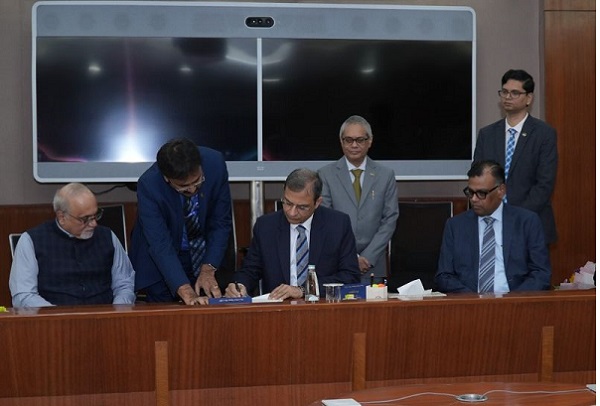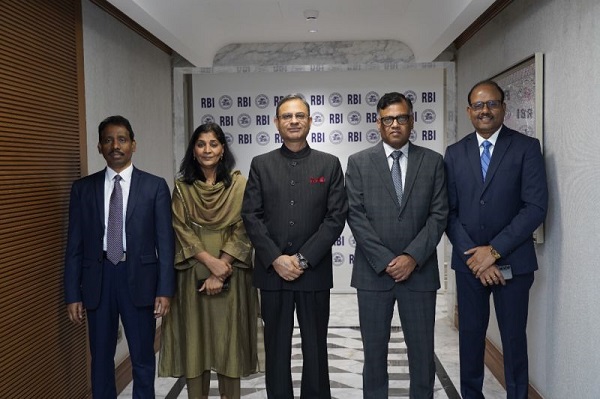.png)
RBI Panel Recommends Retaining Weighted Average Call Rate as Policy Anchor
RBI’s internal group recommends retaining the weighted average call rate as the policy anchor, citing its strong correlation with money market rates and effective signal transmission.

August 6, 2025 at 7:15 AM IST
The Reserve Bank of India’s internal working group on Liquidity Management Framework has recommended retaining with the overnight weighted average call rate (WACR) as the operating target for monetary policy. The group has also recommended continuing the variable rate auction mechanism for repo and reverse repo operations of various tenors to maintain the operating target rate at the policy rate.
Announcing the decisions of the Monetary Policy Committee, RBI Governor Sanjay Malhotra said the working group has submitted its report, which will be released shortly for public consultation.
Malhotra said the group found the weighted average call rate to be highly correlated with other overnight money market rates, such as the tri-party repo and market repo, in the collateralised market segments. The group also found the weighted average call rate effective in transmitting signals to other money market instruments across maturities, the governor said.
The Reserve Bank had set up the working group to review the Liquidity Management Framework, which has been in operation since February 14, 2020. Malhotra recently said that the central bank's effort would be to keep the call money rate near the policy repo rate. Since the last week of June, the RBI has been regularly conducting variable rate reverse repo auctions to ensure the call money rate moves closer to the repo rate of 5.50%, from the lower end of the liquidity corridor.
The weighted average call rate was at 5.36% on Tuesday, driven by the copious liquidity in the banking system. The central bank’s net absorption, an indicator of liquidity surplus in the system, was ₹3.97 trillion on Tuesday.
The Urjit Patel Committee had recommended that the RBI transition to a 14-day term repo rate as the policy anchor, instead of the weighted average call rate. The current liquidity instruments in play were likely designed to popularise the 14-day term repo, with the goal of eventually making it the target rate. The RBI has phased out daily fixed rate repo and reverse repos and now relies on variable rate operations with tenures ranging from one to 13 days.
The system liquidity has been in surplus, averaging ₹3.0 trillion per day since the June MPC meeting, almost double the average daily surplus of ₹1.6 trillion during the previous two months. The phased 100-basis-point cut in the cash reserve ratio of banks, set to start from September, will further add to system liquidity.
Malhotra said the Reserve Bank will continue to be nimble and flexible in its liquidity management. The RBI will endeavour to maintain sufficient liquidity in the banking system so that the economy’s productive needs are met and transmission to money markets and credit markets remains smooth.
The comfortable liquidity in the banking system has accelerated the transmission of the policy repo rate cuts to the markets. In response to the 100-basis-point cut since February, the weighted average lending rate of scheduled commercial banks has declined by 71 basis points for fresh rupee loans, while the weighted average domestic term deposit rate on fresh deposits has moderated by 87 basis points.
In the current easing cycle, the weighted average call rate has moderated by 108 basis points, while the three-month Treasury-bill rate and the three-month commercial paper issued by non-banking finance companies have declined by 110 basis points and 161 basis points, respectively. However, the yield on the 10-year government security has declined by only 28 basis points since the February policy, as hopes of further rate cuts have faded.



